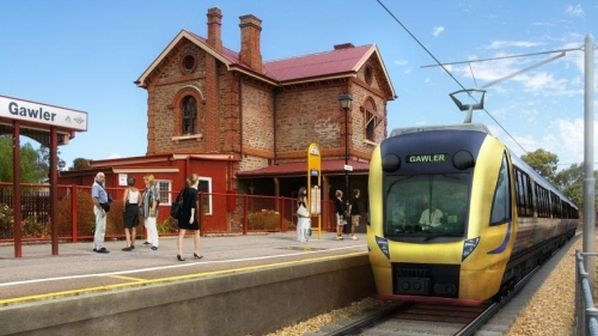ISA says franchising is “a model which has shown to provide efficiency savings that could be reinvested in the network, provided appropriate contractual incentives and controls are put in place.” ISA has drawn this conclusion despite the fact that franchising of the Melbourne commuter rail and light networks in neighbouring Victoria was abandoned as it failed to produce any benefits.
ISA, which provides advice to the South Australian state government, says it recognises that rail plays an important role within the public transport network and points out that there was a 42.8% increase in rail journeys and a 75.3% jump in tram trips between 2013-14 and 2017-18 compared with a 21.8% rise in bus patronage. As a result, the proportion of bus trips compared with rail has fallen from 79% to 68% over the same period.
ISA says “Adelaide is reaching a tipping point due to increasing congestion” and says it want public transport to play a greater role. Nevertheless, ISA says that as the majority of public transport trips are still by bus it favours building bus lanes and eventually bus rapid transit rather than expanding the tram and commuter rail networks.
However, ISA says options to increase commuter train frequencies should be explored by running longer trains and improving signalling. In the long term, ISA says the terminus nature of Adelaide station will need to be reviewed with the potential to create a city centre rail loop. ISA also calls for a programme to remove level crossings along key corridors to provide maximum benefit to road users.
Freight
As far as freight is concerned, ISA notes that road freight accounts for 88.3% of domestic freight compared to 5.9% for rail. It says much of the current road network is in poor condition, which limits efficiency and productivity.
“There are also limited options to get bulk minerals to market,” ISA says. “For South Australia to fully capture potential growth opportunities from its iron-ore resources, a more efficient bulk export solution must be identified.
“Government should work with industry and local councils to identify potential efficiency and safety improvements to supply chains. Proposed solutions should be evidence-based and mode-agnostic, and should consider incremental investments in the network such as rail spurs and addressing pinch points or first/last mile constraints in the supply chain.”

